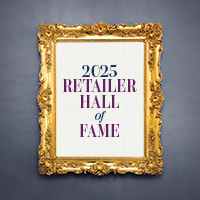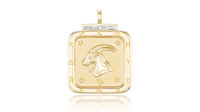EU Once Again Pushes Back Deadline on Diamond Traceability
The EU, like the U.S., also now will require diamond importers to provide information about where exactly the diamonds were mined.

In a Feb. 23 release, the EU announced its 16th sanctions package against Russia, designed to ramp up the pressure against Russia and show its support for Ukraine.
As part of the new package, the EU has pushed the deadline for implementation of a system for tracking rough diamonds from mine to market to Jan. 1, 2026, as per a decision published in its official journal.
The latest deadline push marks the second postponement of implementing a system for rough diamond tracking as mandated by the G-7 back in December 2023.
At that time, the G-7 said its member countries that are “major” importers of rough diamonds had to establish a “robust traceability-based verification and certification mechanism” for tracking diamonds by Sept. 1, 2024, giving the industry a so-called sunrise period to get a system in place.
In June 2024, the EU announced it was extending the sunrise period from Sept. 1 to March 1, 2025.
Now, with March 1 just days away and many questions from the industry left unanswered, the decision to postpone was “appropriate,” said the EU.
“Addressing governance issues associated with the traceability system will require ongoing cooperation with the G-7 and third countries,” it said.
“In order to further the facilitation of the implementation of those measures and continued engagement with the G-7 and third countries, continued monitoring of the level playing field among G7 partners with regard to diamond-related measures should be conducted.”’
The decision to postpone the deadline was welcomed by Karen Rentmeesters, CEO of the Antwerp World Diamond Centre.
“At this stage, there is still considerable uncertainty about how the traceability system will function and how it will be governed,” she said.
“Diamond companies now have much-needed time to adequately prepare for its implementation in their daily operations."
Smaller diamond companies, which account for more than half of the 1,470 active diamond companies in Antwerp, are especially challenged, said AWDC, adding that it will actively support them in the coming months.
While the postponement is a positive, said Rentmeesters, she stressed the importance of a “level playing field.”
“Russia continues to export large volumes of diamonds to countries outside the G-7, which allows them to still enter the polished diamond markets,” she said.
“To prevent the European diamond sector from being disproportionately disadvantaged once again, a level playing field within the G-7 is essential. Measures must be applied and enforced uniformly across all member states, particularly in major consumer markets such as the U.S."
As of press time, the United States has not publicly commented on or shared details or a deadline regarding a traceability process.
On Tuesday, Jewelers of America shared a statement with National Jeweler regarding the EU’s decision to delay the traceability deadline, stating, “Jewelers of America fully supports fair, realistic, and manageable systems to help identify origins of polished diamonds. This must be done with close collaboration of U.S. industry and government as well as international stakeholders to get it right. We welcome the extra time to work together toward an equitable solution.”
The EU also noted a change to the rules regarding importing rough diamonds of mixed origins.
As of March 1, it will be mandatory to provide a Kimberley Process (KP) certificate that states the exact countries of origin for all the rough diamonds in each shipment.
The announcement follows a similar move in the U.S.
Earlier this month, U.S. Customs and Border Protection (CBP) announced that sometime in April it will require companies importing diamonds into the U.S. to list the country where the diamonds were mined in the Automated Customs Environment (ACE) manifest.
It’s a step further than just self-certifying the stones are not from Russia.
CBP did not provide an exact date and did not specify what size of goods will have to meet the new requirement.
CBP also did not provide specifics on the documents needed, but for those importing diamonds into the U.S., it is presumed to mean a KP certificate or a certificate from the G-7 verification “node” in Antwerp or the coming one in Botswana.
Since March 1, 2024, companies or individuals importing loose polished natural diamonds weighing 1 carat or more into the U.S. have had to self-certify that the diamonds were not mined or manufactured in Russia.
The rules expanded to include finished jewelry and diamonds weighing 0.5 carats and above on Sept. 1.
The EU said sanctions remain at the core of its response to Russia’s “unjustified military aggression.”
“Every sanction package deprives the Kremlin of funds to wage war. With talks underway to end Russia’s aggression, we must put Ukraine in the strongest possible position. Sanctions provide leverage,” said Kaja Kallas, high representative for foreign affairs and security policy/vice president of the European Commission.
Maria Luís Albuquerque, the EU’s commissioner for financial services and the savings and investments union, stressed the need to prevent circumvention of its sanctions.
“We will continue taking decisive action to ensure full implementation of our existing sanctions, and bring in new sanctions as necessary,” she said.
The Latest
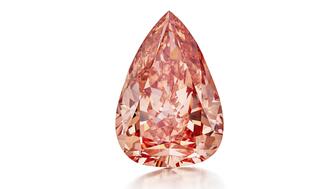
The sale of the 31.68-carat, sunset-hued stone was part of Sotheby’s first series of events and auctions in Abu Dhabi.
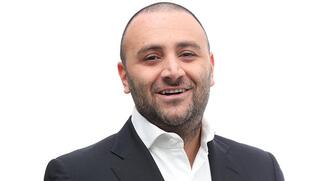
Most customers who walk into your store this month have made up their minds. Your job is to validate their choice, Emmanuel Raheb writes.

The collection features characters and motifs from Ukrainian folklore, including an enchanted mirror and a magic egg.

How Jewelers of America’s 20 Under 40 are leading to ensure a brighter future for the jewelry industry.

MatrixGold 3.11, the newest version of the jewelry design program, offers more flexibility, precision, and creative control.


The pavilion will be part of the 2026 JA New York Spring show, scheduled for March 15 to 17.

Kadet, a 1994 National Jeweler Retailer Hall of Fame inductee, helped grow the family-owned retailer in the Chicago area and beyond.
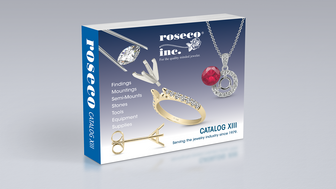
Roseco’s 704-page catalog showcases new lab-grown diamonds, findings, tools & more—available in print or interactive digital editions.

Billed as the world’s smallest wearable, Lumia Health’s new smart earrings have a health tracker subtly embedded in the back.
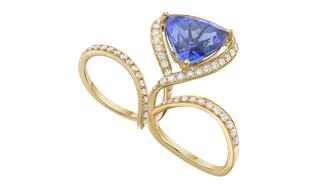
Don’t let those with December birthdays feel blue. Help them celebrate their month with blue zircon, turquoise, and tanzanite.
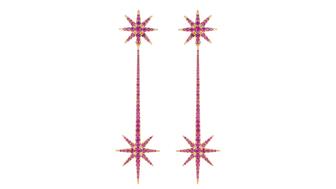
The new pink sapphire version of the piece dances with its wearer in the brand’s “Icons After Dark” holiday campaign.

A choice that’s generated a lot of commentary, Pantone says “Cloud Dancer” marks a fresh start and encourages relaxation and creativity.
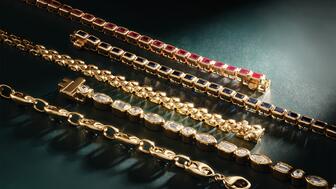
The manufacturer’s holiday campaign features a gift guide filled with trending designs and jewelry that can be personalized.
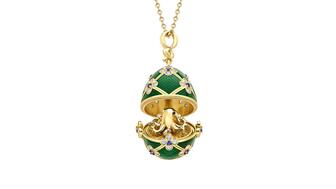
The man was charged with theft, accused of ingesting the necklace while in a jewelry store in Auckland, New Zealand.

The Florida independent expanded its store from 8,000 to 14,000 square feet, fulfilling the vision of its late co-founder, Jim Dunn.

Sponsored by De Beers Group
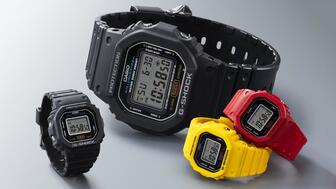
The classic 5600 series G-Shock has been scaled down to about a tenth of its size, becoming a fully functioning watch ring.

The association’s annual conference and gala will take place Feb. 4, 2026, during the Tucson gem shows.

The January show will include a workshop for jewelry retailers on implementing AI to strengthen their businesses.
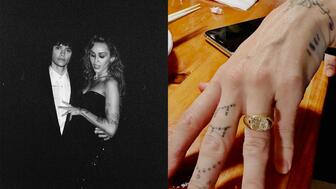
Fellow musician Maxx Morando proposed to the star with a chunky, cushion-cut diamond ring designed by Jacquie Aiche.

Black Friday is still the most popular shopping day over the five-day holiday weekend, as per the National Retail Federation’s survey.

The historic egg, crafted for Russia's ruling family prior to the revolution, was the star of Christie’s recent auction of works by Fabergé.
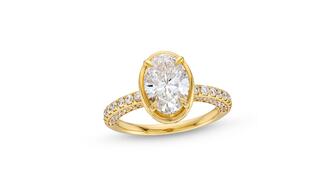
The retailer offered more fashion jewelry priced under $1,000, including lab-grown diamond and men’s jewelry.

The eau de parfum is held in a fluted glass bottle that mirrors the decor of the brand’s atelier, and its cap is a nod to its “Sloan” ring.

Vivek Gadodia and Juan Kemp, who’ve been serving as interim co-CEOs since February, will continue to lead the diamond mining company.

In addition, a slate of new officers and trustees were appointed to the board.
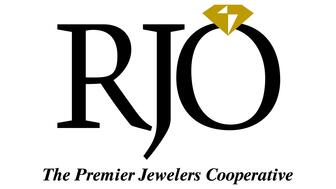
Witt’s Jewelry in Wayne, Nebraska, is the organization’s new milestone member.

